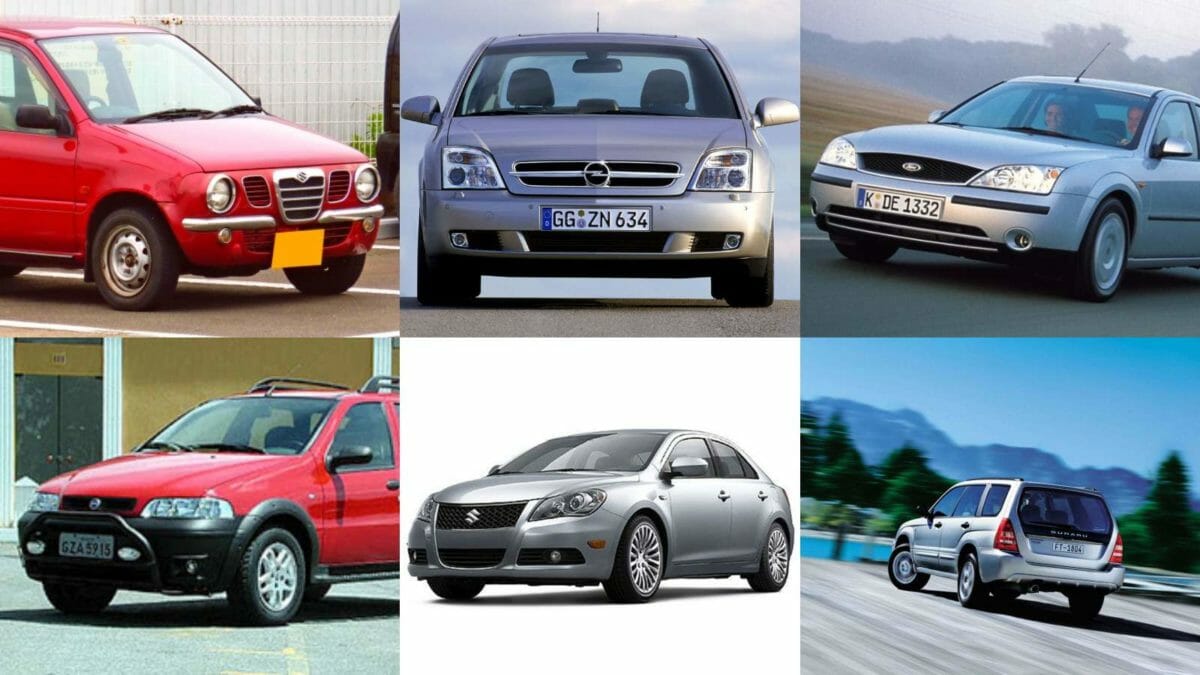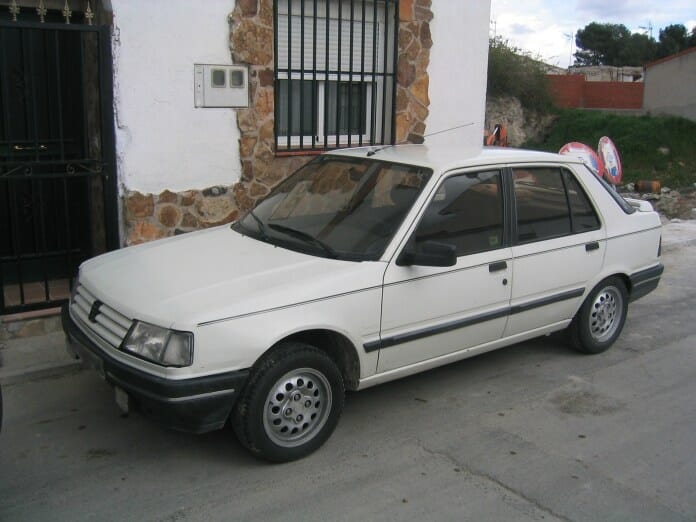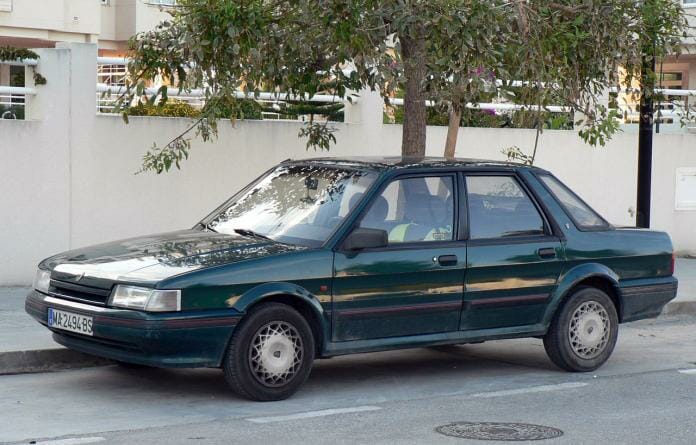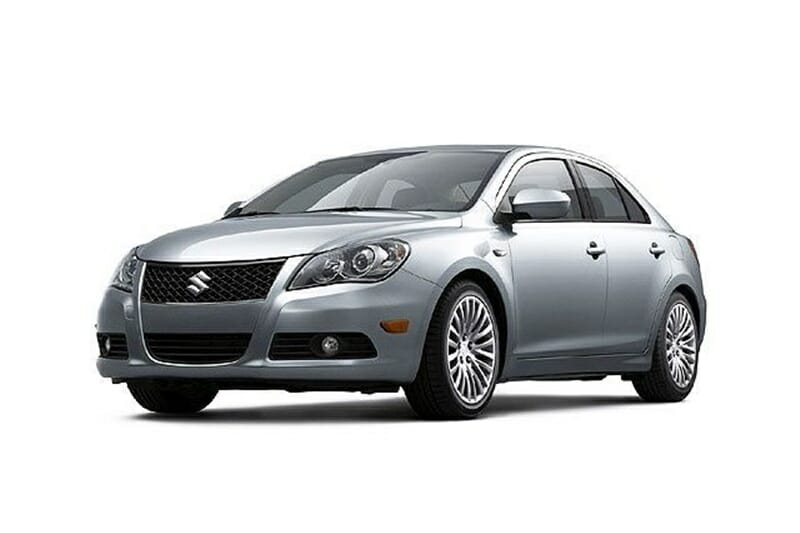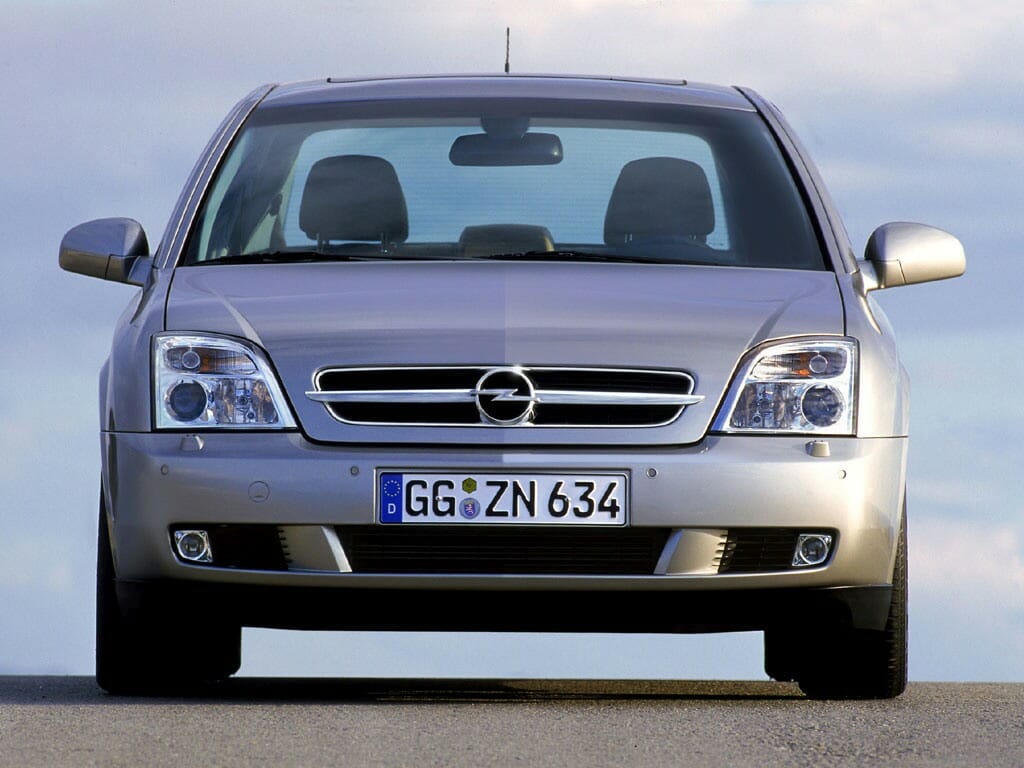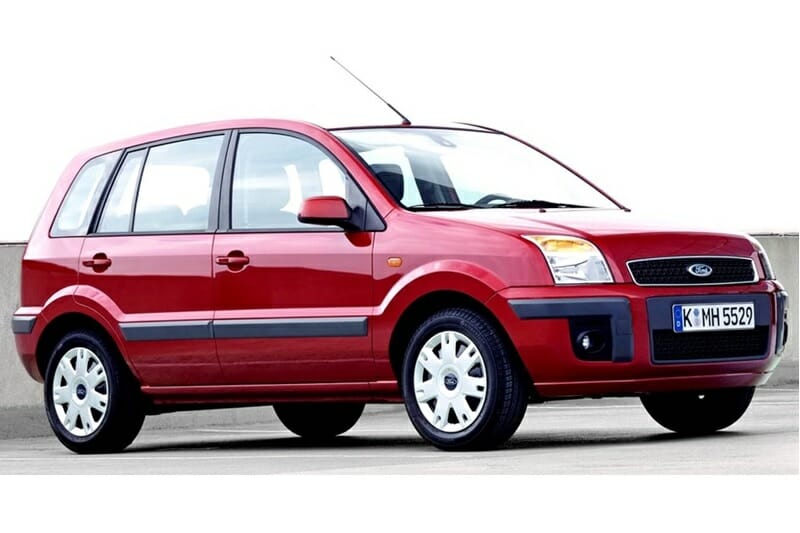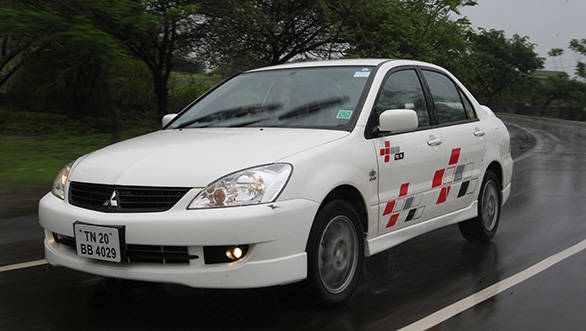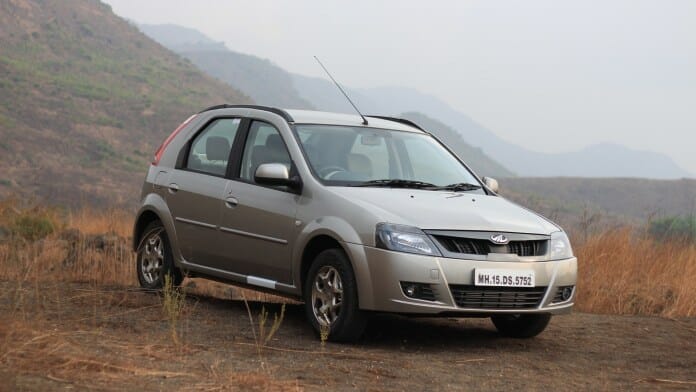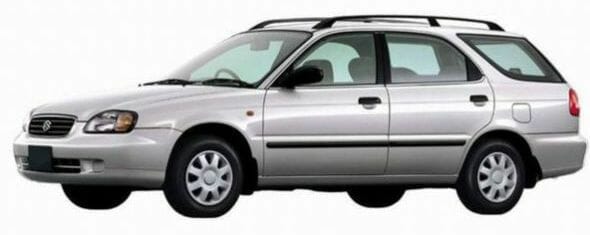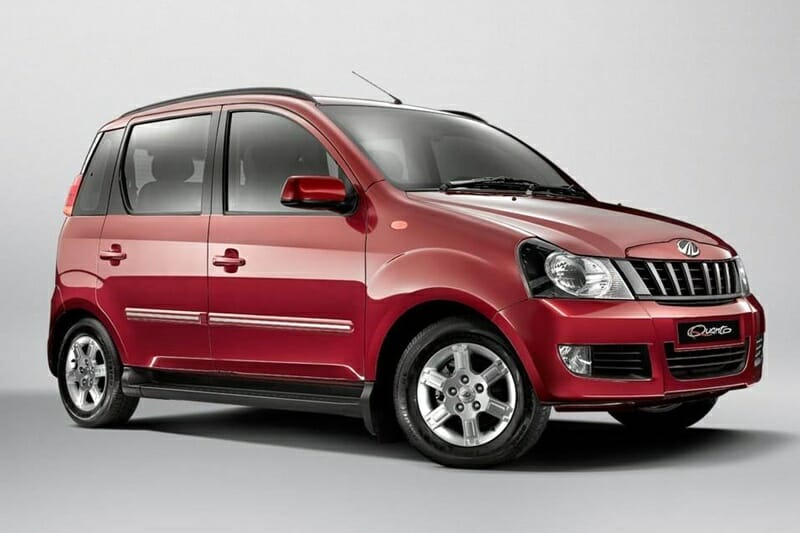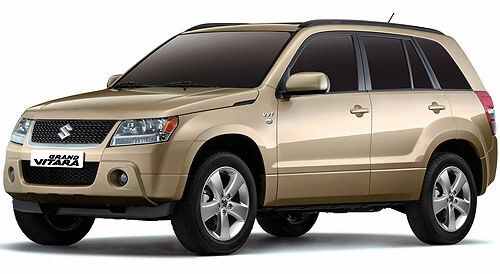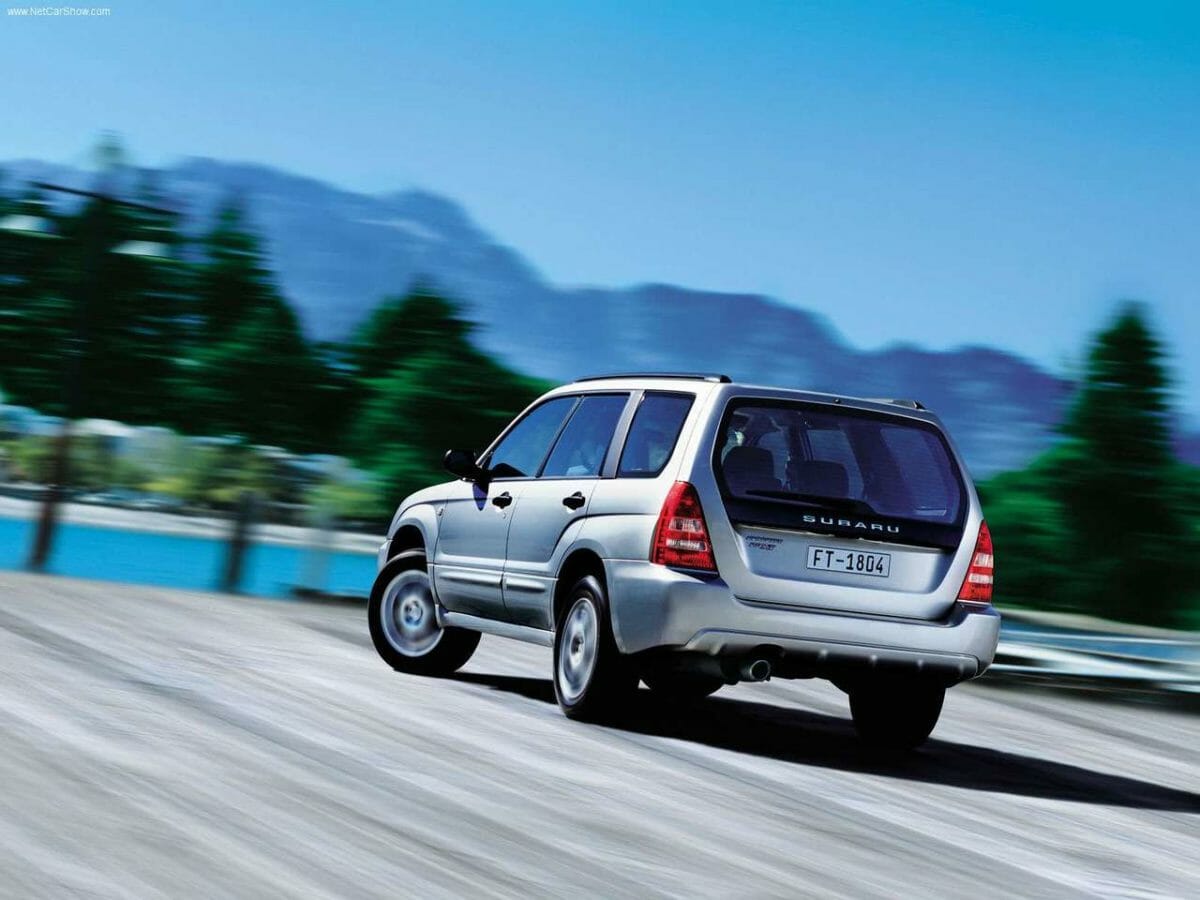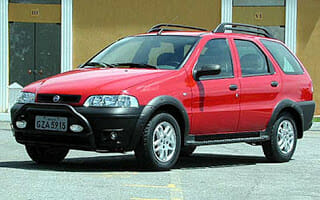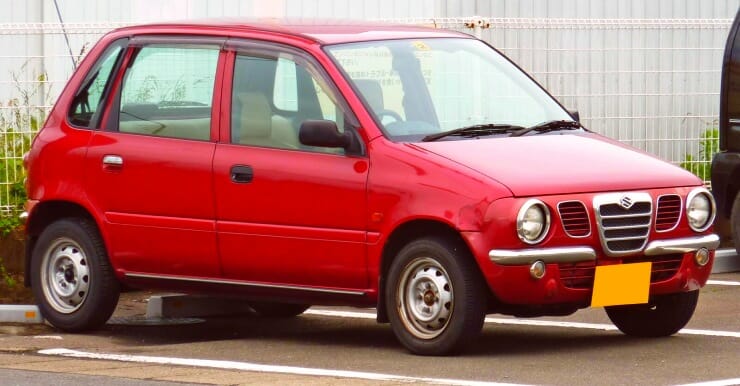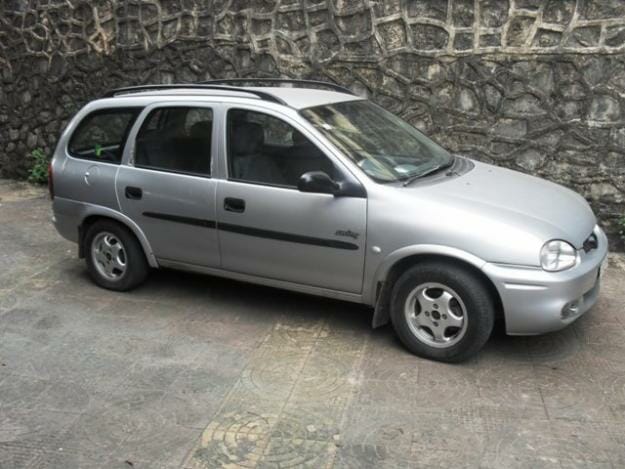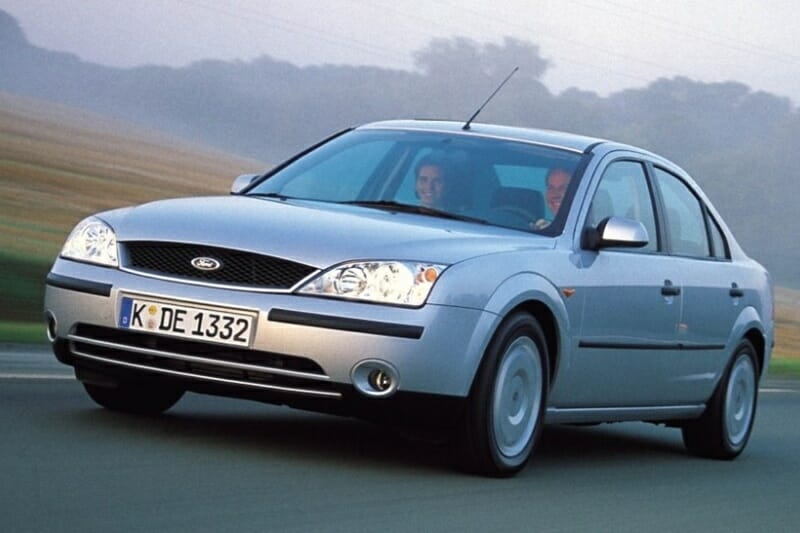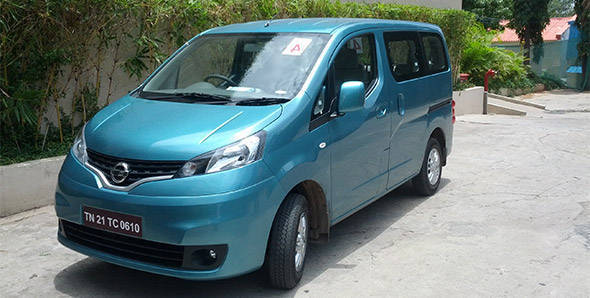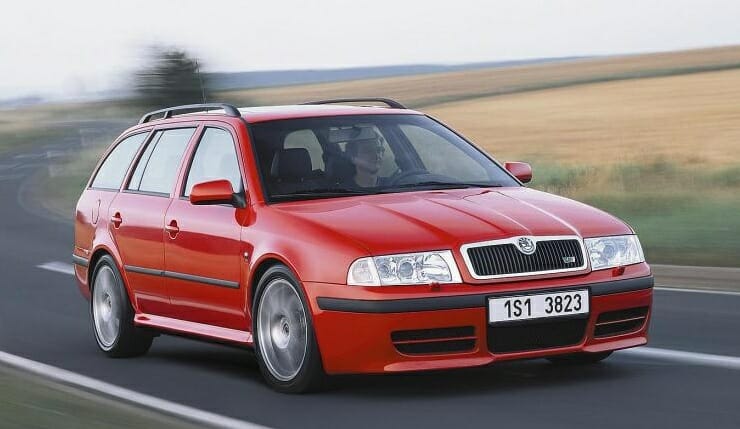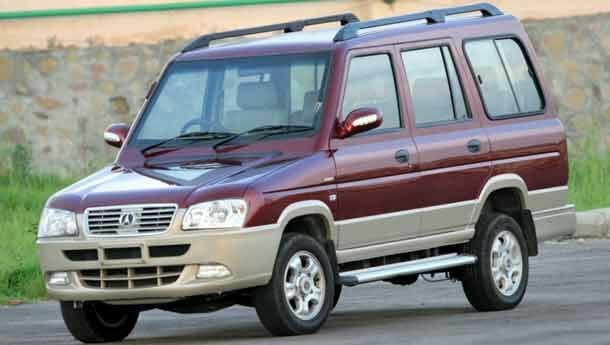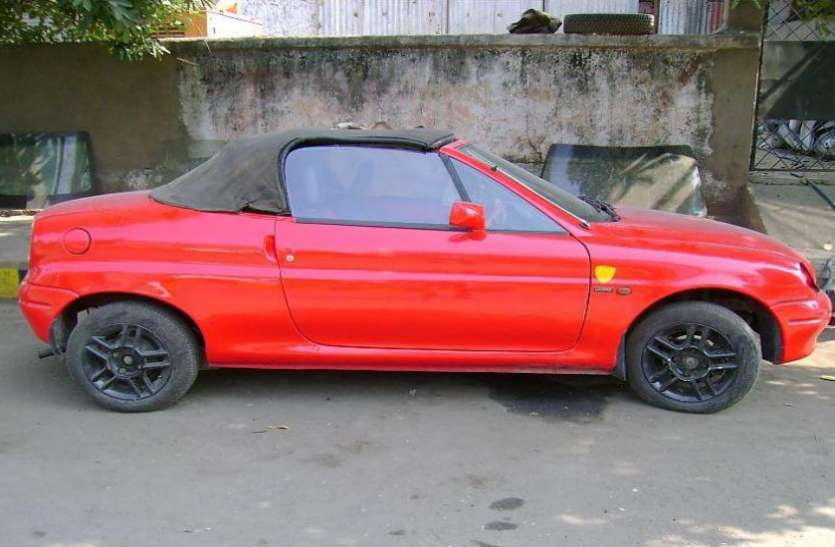India is one of the largest automobile markets in the world. There have been good and bad players alike and then there have been those which simply failed in finding any traction among buyers. These cars were introduced and then taken off the market within a very short span of time. But the reasons for these cars not doing well doesn’t mean that they were bad products. Some of them were really accomplished products which just couldn’t find popularity in India for various reasons. In this article, we’ll take a look at some of the biggest flops in the Indian car market which actually had the potential to become a hit but turned out to be big duds.
Peugeot 309 (1994-1997)
Introduced in India through a joint venture between Peugeot and Premier Automobiles Limited (PAL), the 309 received a pretty good response from the consumers owing to its unique design and style. It was powered by a 1.4-litre petrol engine which churned 70 bhp of maximum power at a peak torque of 97 Nm and a 1.5-litre diesel engine which produced 58 bhp of power and 110 NM of torque.
The car was pretty well received but unfortunately, the two companies faced major labour and financial crises which resulted in discontinuation of this venture and the 309 was discontinued just three years after its launch in 1994. It is also reported that the after-sale service of the company was not good and it was difficult to find spare parts of the 309 in the Indian auto market.
Rover Montego (1994-1995)
Not many of our readers must have heard about the Indian automobile brand Sipani which bagged a contract from the Rover Group of companies to assemble the Montego using CKD kits in India. The company was headquartered in Bangalore, Karnataka and was selling vehicles until its closure in 2002.
The Rover Montego was based on the Austin Montego and was powered by a 1.9-litre diesel engine which produced 81 hp of power at 158 Nm of peak torque. The sedan featured power windows, power steering, air-conditioning and a 5-speed manual transmission. But despite having many features and a decent engine, it was a big flop in the market because of its high cost which crossed Rs.10 lakhs at that time. Production of the car was discontinued in 1995 because the company could only sell 287 units in total.
Suzuki Kizashi (2011-2014)
Maruti Suzuki Kizashi was the country’s leading carmaker’s first attempt at entering the luxury sedan territory in the country. The main reason for the Kizashi’s failure was the car’s high price (which crossed Rs.17 lakhs) because of its arrival in India through the CBU route. Despite having a good brand name and a powerful engine that delivered 175.6 hp and peak torque of 230 Nm, the Kizashi couldn’t compete with D-segment sedans like the Chevrolet Cruze and Volkswagen Jetta which offered more or less the same features and wore logos which were compared more premium in comparison
Also READ: Superhit Cars Of The 90s: A Trip Down Memory Lane
Opel Vectra (2003-2005)
It was sad to see the Opel Vectra fail so miserably in India because the car was stunning to look at, with a low, wide stance that gave it plenty of road presence. It was powered by a 2.2-litre petrol engine which churned out an impressive 146 hp of power and 203 NM of torque. GM sold the Vectra in the country via the CBU route, and as a result, the car ended up being very pricey. Maintenance and fuel costs were high too, so it was a tough two-year-existence for Opel’s diamond in the rough.
Ford Fusion (2006-2010)
The Ford Fusion was one of the unique and unusual looking cars of its time. Behind those looks though, it drove well like all other Ford cars and offered loads of space in the cabin. The car had those SUVish looks we love, but despite that, it was not able to do any wonders for the company. It was powered by a 1.4-litre engine that delivered 68hp at a peak torque of 160 Nm.
Despite a host of positives like strong build quality, 200 mm of ground clearance, and a decently equipped cabin with a good number of safety features, the Fusion never gauged in the attraction from buyers.
Mitsubishi Cedia (2007-2013)
A successor to the very popular Lancer, the Cedia failed to catch the attention of the customers like its predecessor. The car had really impressive road manners and the heritage which none of the others in its class had. Indian rallyists loved it because of the potential the engine and chassis offered. Even as a stock road car, it was one of the best looking D-segment cars in India. But its poor fuel economy, fewer service stations and very expensive spare parts of the car kept it away from customers. Due to very less demand, the company stopped its sales in 2013.
Mahindra Verito Vibe (2013-2019)
The shortened version of the Mahindra Verito, the Verito Vibe, is one of the few cars in the sub-4-metre category to remain a hatch, unlike the Hyundai Xcent or the Honda Amaze. Sales were always poor since the car’s launch, possibly because the Verito Vibe just did not seem to be exciting enough.
Mahindra launched the Verito Vibe in 2013 and it came powered with the Renault sourced 1.5-litre dCi diesel engine which offered a maximum power of 63hp at a peak torque of 160 Nm. It was offered only with a diesel engine and there was no petrol variant offered since the time of its launch. The engine failed to get the much needed BS6 update hence was recently removed from the company’s lineup
Maruti Baleno Altura (1999-2007)
The Maruti Baleno Altura was one of the few estates available in the country upon introduction, but this novelty didn’t do much for its sales numbers. The Indian market has for some reason stayed clear of this body style and the Altura suffered. Despite being extremely spacious and practical, it flopped badly in our market. Incidentally, the Baleno Altura was Suzuki’s first-ever station wagon. It was powered by a peppy 1.6 litre petrol engine which produced an output of 96 bhp of power and 130 NM of torque.
Mahindra Quanto (2012-2016)
Mahindra & Mahindra is known for its rugged and muscular vehicles. Its SUVs are doing really well in the market and are the first preference for many SUV buyers. However, it wasn’t the same when they introduced the Quanto.
Positioned as a compact crossover, the Quanto appeared disproportionate in terms of design and the rear end made matters worse. This coupled to the high kerb weight of the car worked against its favour. No wonder it was discontinued in 2016.
Maruti Grand Vitara (2009-2015)
The Grand Vitara was the first and the only full-size SUV to be offered by Maruti in India till date. The Suzuki Grand Vitara, although has been quite a popular product in the international market, failed to gauge in the interest of prospective buyers looking for a big SUV. Since it was an imported product which came through the CBU route, it came in with a very steep price tag and also suffered from poor fuel economy, both factors which are in contrast to the attributes of Maruti’s cars. It was discontinued in India in 2015.
Subaru / Chevrolet Forester
A rebadged Subaru was sold as the Chevrolet Forester in India in the early 2000s. It was powered by a Boxer 2.0-litre 120 bhp/178 Nm petrol engine mated to Subaru’s patented AWD system. The price tag ( INR 14 lakh ex-showroom) was too steep for this crossover SUV, although it offered things like frameless doors among other things. The Chevrolet Forester was discontinued when GM sold its stake in Fuji Heavy Industries (Subaru’s parent company).
Fiat Palio Adventure (2001-2004)
The Fiat Palio Adventure was an estate version of the hatchback and was powered by a 1600cc 4 cylinder engine which generated a maximum power of 100 Bhp @ 5500 rpm and 138 Nm @ 4250 rpm. The Palio adventure was built tough, was powered by a torquey motor and handled our roads really well. However, Fiat’s cars were beginning to lose all popularity by the time they introduced this.
Maruti Zen Classic (1999-2006)
While Maruti Suzuki Zen remained a popular household name in the Indian market for many years, the same cannot be said for its sibling, the Zen Classic. Those retro looks never made an impression in the minds of the Indian population.
It was powered by the same 993 cc petrol engine used in the standard model and featured the same shape as the regular Zen but had a different three-piece grille and round headlamps. The bumper was also a steel bar – something the market did not care for.
Opel Corsa Swing (2003-2007)
Another station wagon to the list confirms that the Indian public never really had a thing for station wagons in the first place. Apart from the initial success in the form of Tata Estate, none of the wagons have been able to draw the attention of people, although, considering the practicality on offer, Estates make a lot of sense in our market.
The Corsa Swing was launched in India when most of the manufacturers were still trying to understand the Indian market. Among the slew of station wagons, Corsa Swing was also launched in 2003. The Swing was based on the Corsa sedan and looked quite good. The car came with a 1.6-litre petrol engine that produced a maximum power of 92 Bhp. The Corsa Swing came with its own set of problems like high maintenance and low fuel economy, which made matters worse.
Ford Mondeo
The Mondeo stays in the heart of many enthusiasts in India. It was the first time that Ford decided to enter the luxury segment in the Indian market. The Mondeo was launched in 2002 and attracted a lot of attention in the market. However, the heavy price tag it came with was a repelling attribute of the vehicle. The car was powered by a 2.0-litre petrol engine that produced 142 Bhp of maximum power and a diesel engine that produced 128 bhp of maximum power.
The Ford Mondeo sold in good numbers in the international markets but in India, it did not see much success. The car drove really well and was a good value for money buy, but buyers did not find it good enough against its rivals like the Camry, the Accord and the Jag-like Hyundai Sonata.
Nissan Evalia
The Nissan Evalia was one of the first offerings by the Japanese Automaker in India. This was a practical seven-seater which was spacious and fuel-efficient, with a user-friendly cabin and equipment. It might have looked big, and it might have had a utility vehicle-like driving position, but it was still easy to pilot within the city and on the highway. Comfortable seats were another plus.
It just looked too utilitarian for private buyers to show any interest though. A typical case of judging the book by its cover, really. Not that it did not have its flaws; not having roll down or sliding second-row windows was a big oversight. Also, not providing captain seats for the second row took away from the upmarket/personal feel.
Skoda Octavia Combi
The list gets longer with more and more station wagons finding their way into this list. Almost every manufacturer brought in a station wagon in India but none stood the test. Skoda also launched the Octavia Combi vRS and the L&K version. The vRS variant came with a powerful 150 Bhp engine while the L&K version offered plush interiors. The Octavia Combi offered loads of space and was extremely practical.
Sonalika Rhino
Many of the readers might not have even heard this name, but their memories could be refreshed from the image below. The SUV tried to ride on the success of the immensely popular Qualis but failed eventually. The Rhino Rx had one diesel engine on offer which was a 1994 cc unit. The Rhino Rx was a 9 seater SUV-MPV crossover and had a length of 4440mm, width of and a wheelbase of 2541mm. With a host of utility vehicles already in the market and for being a brand new player, it could not survive the stiff competition.
San Storm (1998-2013)
The San Storm was a two-seat Roadster from San Motors India and was introduced in 1998. It was designed by the French firm, Le Mans Group and was powered by a 1,149 cc Renault D7F engine driving the front wheels.
It was introduced in the Indian market as an alternative to upmarket premium sports cars which were mostly imported back then. India’s first mass-manufactured Sports Car got all the attention it needed, but it wasn’t really bought in as many numbers. However, exports of the car continued to European markets especially to the UK which was brought to halt in 2013.

